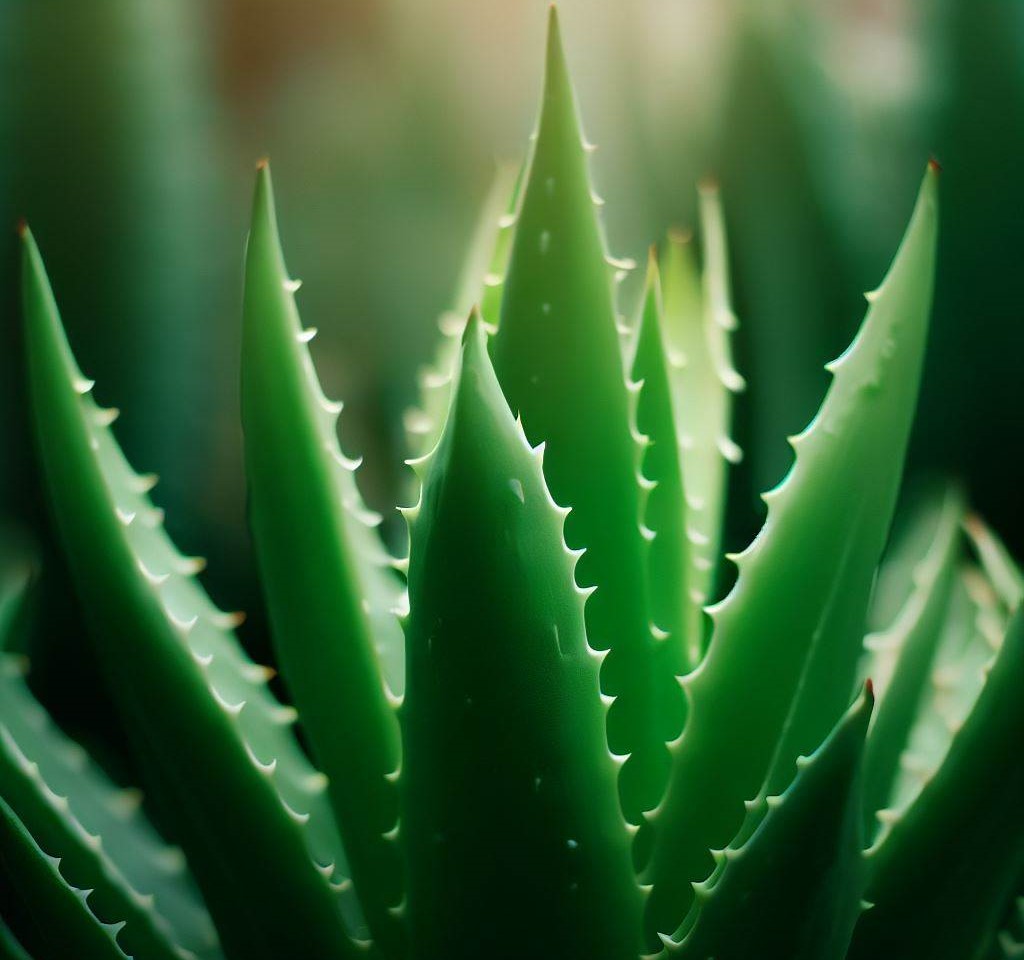
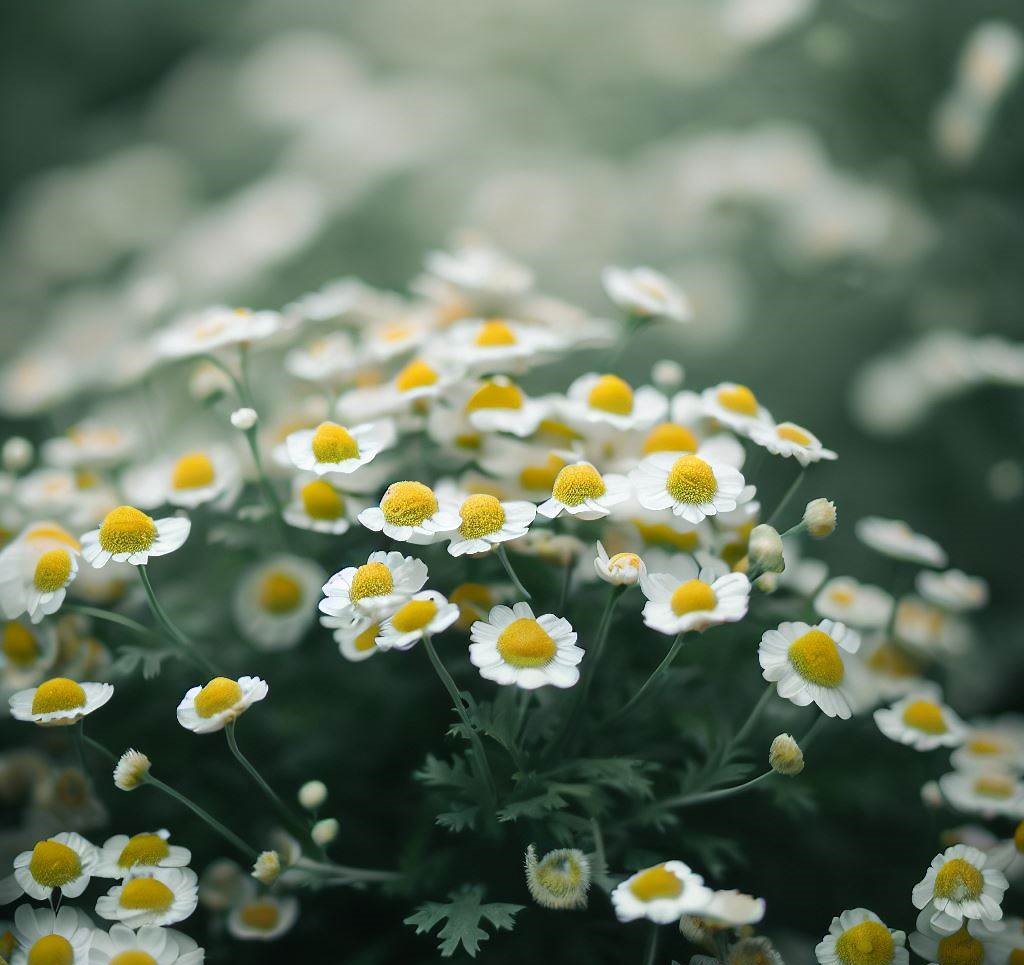

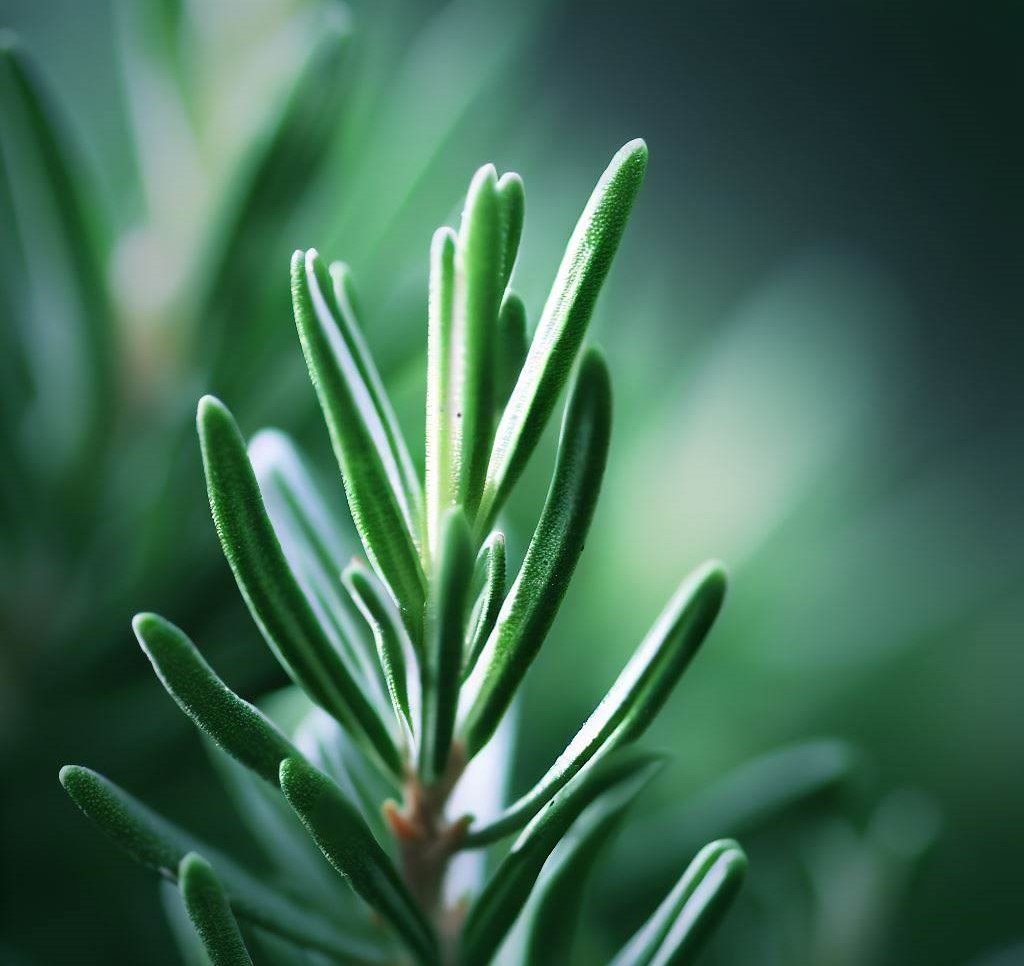
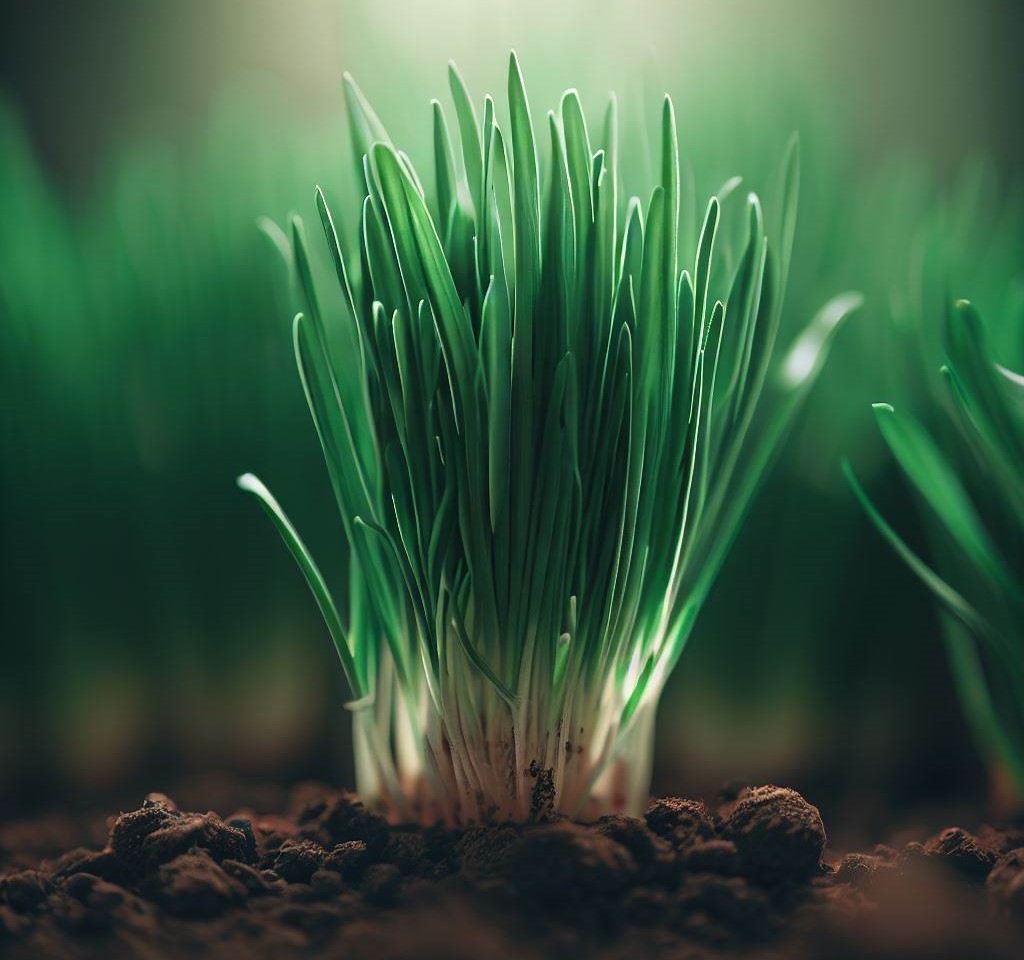
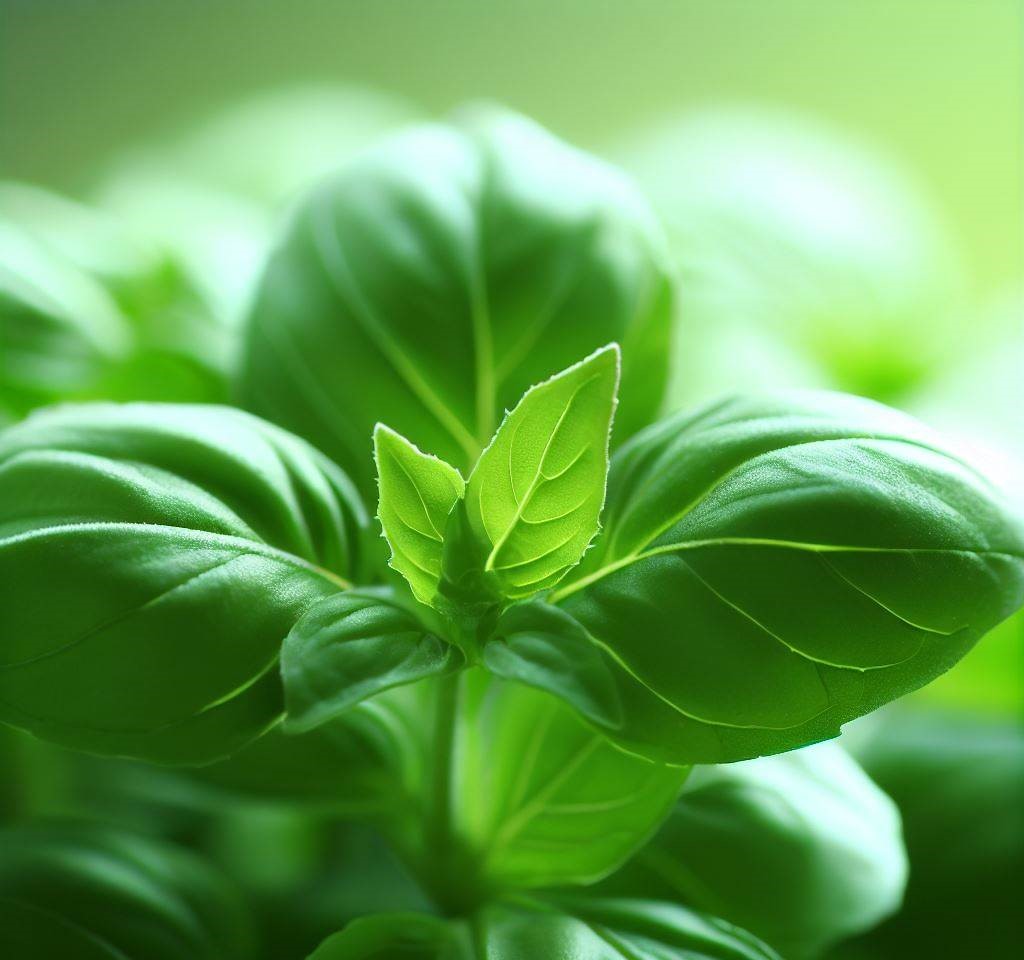
Introduction
Growing Herbs and Medicinal Plants in a Greenhouse. Herbs are plants that have aromatic leaves, stems, flowers, or seeds that are used for flavoring food, making perfumes, or providing health benefits. Medicinal plants are plants that have therapeutic properties that can be used to treat various ailments or improve well-being. Some examples of herbs and medicinal plants are basil, chives, cilantro, dill, parsley, chamomile, lavender, marjoram, thyme, oregano, mint, rosemary, sage, lemon balm, echinacea, ginseng, ginger, turmeric, garlic, aloe vera, calendula, and many more.
Growing your own herbs and medicinal plants can be a rewarding hobby that can provide you with fresh ingredients for your kitchen or medicine cabinet. You can also enjoy the beauty and fragrance of these plants in your garden or home. However, growing herbs and medicinal plants outdoors can be challenging. Due to factors such as climate, soil quality, pests, diseases, and weeds. That’s why many people choose to grow them in a greenhouse instead.
A greenhouse is a structure that creates a controlled environment for growing plants. It can protect your plants from harsh weather conditions, extend your growing season. This will allow you to grow a wider variety of plants than you could outdoors. In this article, we will show you how to grow herbs and medicinal plants in a greenhouse successfully. We will cover topics such as:
- What is a greenhouse and why use one for growing herbs and medicinal plants?
- How to set up your greenhouse for growing herbs and medicinal plants?
- How to propagate herbs and medicinal plants in a greenhouse?
- How to harvest and use herbs and medicinal plants from your greenhouse?
By following this guide, you will be able to enjoy the benefits of growing your own herbs and medicinal plants in a greenhouse. Let’s get started!
What is a Greenhouse and Why Use One for Growing Herbs and Medicinal Plants?
A greenhouse is a structure that is covered with a transparent or translucent material, such as glass or plastic, that allows sunlight to enter and heat up the air inside. The greenhouse effect traps the heat and prevents it from escaping, creating a warm and humid environment for the plants. A greenhouse can also have additional features, such as fans, heaters, vents, shades, or misters, that help regulate the temperature, humidity, air circulation, and light levels inside.
There are many advantages of using a greenhouse for growing herbs and medicinal plants, such as:
• You can extend your growing season by starting your plants earlier in spring and keeping them longer in fall or even winter. This way, you can have fresh herbs and medicinal plants all year round.
• You can protect your plants from pests, diseases, and weeds that can damage or kill them outdoors. You can also reduce the use of pesticides and herbicides that can harm your health or the environment.
• You can control the temperature and humidity levels inside the greenhouse to suit the needs of different plants. Some herbs and medicinal plants prefer warmer or cooler conditions than others, and some need more or less moisture than others. You can also adjust the light levels by using shades or artificial lights to create optimal conditions for your plants.
• You can grow a wider variety of plants than you could outdoors. Some herbs and medicinal plants are native to tropical or subtropical regions and cannot survive in colder climates. Others are rare or exotic and may not be available in local nurseries or markets. By growing them in a greenhouse, you can enjoy their unique flavors, aromas, and benefits.
There are different types of greenhouses that you can choose from depending on your needs and budget. Some of the common types are:
• Freestanding greenhouses: These are standalone structures that can be built anywhere on your property. They offer more space and flexibility for growing different plants. However, they also require more materials, labor, and maintenance than other types of greenhouses.
• Attached greenhouses: These are structures that are attached to an existing building, such as your house or garage. They can save space and energy by sharing a wall with the building. They can also provide easy access to your plants from inside the building. However, they may have limited sunlight exposure depending on the orientation of the building.
• Lean-to greenhouses: These are structures that are attached to an existing building but lean against it at an angle. They can provide more sunlight exposure than attached greenhouses by facing south or east. They can also be cheaper and easier to build than freestanding greenhouses. However, they may have less space and stability than other types of greenhouses.
• Hoop houses: These are structures that are made of metal or plastic hoops covered with plastic sheeting. They are simple and inexpensive to build and maintain. They can also be easily moved or dismantled when not needed. However, they may not be as durable or insulated as other types of greenhouses.
• Cold frames: These are structures that are made of wooden boxes with glass or plastic lids that can be opened or closed. They are used to protect seedlings or young plants from frost or cold weather. They can also be used to harden off plants before transplanting them outdoors. However, they may not provide enough space or ventilation for larger or mature plants.
When choosing a greenhouse for growing herbs and medicinal plants, you should consider factors such as:
- Size and shape of your available space
- Number and type of plants you want to grow
- Climate and weather conditions in your area
- Cost and availability of materials and labor
- Level of maintenance and care required
You should also check the local regulations and permits for building a greenhouse on your property.
How to Set Up Your Greenhouse for Growing Herbs and Medicinal Plants
- Once you have chosen a greenhouse for growing herbs and medicinal plants, you need to set it up properly to ensure the optimal growth and health of your plants. Here are some steps to follow:
- Prepare the soil or use pots and planters for growing herbs and medicinal plants in a greenhouse. If you are using the soil in your greenhouse floor, you need to prepare it by removing any weeds, rocks, or debris, and adding organic matter such as compost, manure, or peat moss to improve its fertility, drainage, and structure. You should also test the pH level of the soil and adjust it according to the needs of different plants. Some herbs and medicinal plants prefer acidic soil (pH below 7), such as blueberries, cranberries, or rhododendrons, while others prefer alkaline soil (pH above 7), such as lavender, sage, or thyme. You can use a pH meter or a pH test kit to measure the acidity or alkalinity of your soil. You can also use lime or sulfur to raise or lower the pH level of your soil.
- If you are using pots and planters for growing herbs and medicinal plants in a greenhouse, you need to choose the right size and type of containers for your plants. You should use pots and planters that have drainage holes at the bottom to prevent waterlogging and root rot. You should also use pots and planters that are large enough to accommodate the root system and growth of your plants. You should use pots and planters that are made of materials that can withstand the temperature and humidity changes in the greenhouse, such as clay, ceramic, plastic, or metal. You should also use a potting mix that is suitable for your plants, such as a general-purpose potting mix, a cactus and succulent potting mix, or a seed-starting mix.
- Arrange the plants in the greenhouse according to their light, water, and space requirements. Different herbs and medicinal plants have different preferences for how much light, water, and space they need to thrive. You should arrange your plants in the greenhouse in a way that maximizes their exposure to sunlight and minimizes their competition for resources. You should also group your plants according to their compatibility and companionability.
- Some herbs and medicinal plants need full sun (6 to 8 hours of direct sunlight per day), such as basil, chives, cilantro, dill, parsley, rosemary, sage, thyme, lavender, marjoram, oregano, mint, echinacea, ginseng, ginger, turmeric, garlic, etc. You should place these plants near the south-facing or east-facing windows or walls of your greenhouse where they can receive the most sunlight.
- Some herbs and medicinal plants need partial sun or partial shade (4 to 6 hours of direct or indirect sunlight per day), such as chamomile, lemon balm, calendula, etc. You should place these plants in the middle or back of your greenhouse where they can receive some sunlight but not too much.
- Some herbs and medicinal plants need shade (less than 4 hours of direct or indirect sunlight per day), such as mint, etc. You should place these plants in the corners or under the benches of your greenhouse where they can receive some filtered light but not too much.
- Some herbs and medicinal plants need more water than others, such as basil, chives, cilantro, dill, parsley, etc. You should water these plants regularly and keep their soil moist but not soggy.
- Some herbs and medicinal plants need less water than others, such as lavender, sage, thyme, etc. You should water these plants sparingly and let their soil dry out between watering.
- Some herbs and medicinal plants need more space than others to grow and spread out, such as mint, etc. You should give these plants enough room to grow and prevent them from invading other plants’ space. You can also use containers or barriers to contain their growth.
- Some herbs and medicinal plants are compatible and beneficial to each other when grown together, such as basil and tomatoes, chamomile and roses, lavender and rosemary, etc. You should plant these herbs and medicinal plants near each other to enhance their growth, flavor, aroma, or pest resistance.
- Some herbs and medicinal plants are incompatible and detrimental to each other when grown together, such as mint and parsley, garlic and beans, sage and cucumbers, etc. You should avoid planting these herbs and medicinal plants near each other to prevent their growth inhibition, flavor alteration, aroma interference, or pest attraction.
- Maintain the optimal conditions in the greenhouse for growing herbs and medicinal plants. To ensure the healthy growth and development of your herbs and medicinal plants in a greenhouse, you need to monitor and adjust the conditions in the greenhouse regularly. Here are some tips on how to do that:
- Ventilate your greenhouse to prevent overheating, humidity buildup, mold growth, or disease spread. You can use vents, fans, windows, doors, or shades to regulate the air flow and temperature in your greenhouse. You should open them during the day when it is sunny and warm and close them during the night when it is cool and dark. You should also avoid overcrowding your plants in your greenhouse to allow adequate air circulation among them.
- Irrigate your greenhouse to provide sufficient water for your plants. You can use hoses, sprinklers, drip systems, misters, or self-watering pots to water your plants in your greenhouse. You should water your plants according to their needs and avoid overwatering or underwatering them. You should also check the drainage of your soil or containers to prevent waterlogging or drought. You should also collect and reuse the rainwater or condensation water from your greenhouse to save water and money.
- Fertilize your greenhouse to supply adequate nutrients for your plants. You can use organic or synthetic fertilizers to feed your plants in your greenhouse. You should fertilize your plants according to their needs and avoid overfertilizing or under fertilizing them. You should also follow the instructions on the fertilizer package to apply the right amount and frequency of fertilizer for your plants. You should also use compost or manure to enrich your soil or containers with organic matter and beneficial microorganisms.
- Prune your greenhouse to shape and control your plants. You can use scissors, shears, knives, or clippers to trim your plants in your greenhouse. You should prune your plants according to their needs and avoid over pruning or under pruning them. You should also remove any dead, diseased, or damaged parts of your plants to prevent infection or infestation. You should also harvest any flowers, leaves, stems, or seeds of your plants to encourage new growth and prevent seed production.
How to Propagate Herbs and Medicinal Plants in a Greenhouse
Propagating herbs and medicinal plants in a greenhouse is a way of creating new plants from existing ones. It can be a fun and rewarding activity that can save you money and time. It can also allow you to multiply your favorite plants or try new varieties. There are different methods of propagating herbs and medicinal plants in a greenhouse, such as:
• Seeds: This is the most common and natural way of propagating herbs and medicinal plants. It involves planting the seeds of the plants in the soil or containers and waiting for them to germinate and grow into new plants. This method is easy and inexpensive, but it may take longer and require more care than other methods. It may also result in variable or unpredictable outcomes depending on the quality and viability of the seeds and the environmental conditions.
• Cuttings: This is a way of propagating herbs and medicinal plants by taking a piece of the stem, leaf, or root of the plant and planting it in the soil or water until it develops roots and grows into a new plant. This method is fast and simple, but it may require more materials and equipment than other methods. It may also result in lower survival rates or weaker plants depending on the health and vigor of the parent plant and the cutting technique.
• Division: This is a way of propagating herbs and medicinal plants by dividing the root ball or clump of the plant into smaller sections and planting them separately in the soil or containers. This method is effective and reliable, but it may require more labor and skill than other methods. It may also result in damage or shock to the parent plant or the divisions depending on the size and age of the plant and the division method.
• Layering: This is a way of propagating herbs and medicinal plants by bending a branch or stem of the plant to the ground or a pot and covering it with soil or mulch until it develops roots and grows into a new plant. This method is simple and natural, but it may require more space and time than other methods. It may also result in lower yields or quality of the parent plant or the layer depending on the length and position of the branch or stem and the layering technique.
Here are some examples of herbs and medicinal plants that can be propagated by each method and how to do it successfully:
• Seeds: Basil, chives, cilantro, dill, parsley, chamomile, lavender, marjoram, thyme, oregano, mint, rosemary, sage, lemon balm, echinacea, ginseng, ginger, turmeric, garlic, etc. To propagate these herbs and medicinal plants by seeds, you need to:
- Collect or buy fresh and viable seeds from healthy and mature plants.
- Sow the seeds in pots or trays filled with moist and sterile seed-starting mix.
- Cover the seeds lightly with soil or vermiculite.
- Place the pots or trays in a warm and bright spot in your greenhouse.
- Keep the soil moist but not soggy by watering gently with a spray bottle.
- Wait for the seeds to germinate within a few days to a few weeks depending on the type of plant.
- Transplant the seedlings into larger pots or into the soil when they have at least two sets of true leaves.
• Cuttings: Basil, chives, cilantro, dill, parsley, lavender, marjoram, thyme, oregano, mint, rosemary, sage, lemon balm, etc. To propagate these herbs and medicinal plants by cuttings, you need to:
- Cut healthy and vigorous stems or leaves from the parent plant with a sharp and sterile knife or scissors. You should make the cut just below a node (where a leaf or a branch joins the stem) or at an angle of 45 degrees. You should also remove any lower leaves or flowers from the cutting.
- Dip the cut end of the stem or leaf into a rooting hormone powder or gel to stimulate root formation. You can also use honey, aloe vera, or cinnamon as natural alternatives.
- Insert the cut end of the stem or leaf into a pot or a glass of water filled with moist and sterile potting mix or perlite. You should leave at least one node above the soil or water level.
- Place the pot or glass in a bright but indirect spot in your greenhouse. You should also cover the pot or glass with a plastic bag or a dome to create a humid environment for the cutting.
- Keep the soil or water moist but not soggy by watering or changing it regularly. You should also mist the cutting with water to prevent it from drying out.
- Wait for the cutting to develop roots within a few weeks to a few months depending on the type of plant.
- Transplant the rooted cutting into a larger pot or into the soil when it has enough roots and leaves.
Division: Chives, mint, lemon balm, etc.
To propagate these herbs and medicinal plants by division, you need to:
- Dig up the parent plant from the soil or remove it from its container with a spade or a fork. You should do this in early spring or late fall when the plant is dormant or less active.
- Shake off any excess soil from the root ball or clump of the plant and wash it gently with water to expose the roots.
- Divide the root ball or clump of the plant into smaller sections with your hands, a knife, or a pair of scissors. You should make sure that each section has at least one stem and several roots attached to it.
- Replant the sections into separate pots or into the soil filled with moist and fertile potting mix or garden soil. You should plant them at the same depth as they were before and water them well.
- Place the pots or plants in a sunny and warm spot in your greenhouse and care for them as usual.
Layering: Rosemary, thyme, oregano, etc.
To propagate these herbs and medicinal plants by layering, you need to:
- Select a healthy and flexible branch or stem of the parent plant that is close to the ground or a pot. You should do this in spring or summer when the plant is growing actively.
- Make a small cut or wound on the underside of the branch or stem near a node with a sharp and sterile knife or scissors. You can also scrape off some of the bark to expose the cambium layer (the green tissue under the bark).
- Bend the branch or stem to the ground or a pot and cover it with soil or mulch leaving about 6 inches of the tip exposed. You can also use a wire, a pin, or a stone to hold it in place.
- Water the soil or mulch well and keep it moist but not soggy until roots form at the wounded area of the branch or stem. This may take several weeks to several months depending on the type of plant.
- Cut off the branch or stem from the parent plant when it has enough roots and leaves and transplant it into a larger pot or into the soil.
How to Harvest and Use Herbs and Medicinal Plants from Your Greenhouse
Harvesting and using herbs and medicinal plants from your greenhouse is one of the most rewarding parts of growing them. You can enjoy their fresh flavors, aromas, and benefits for your cooking, health, beauty, or other purposes.
Here are some tips on how to harvest and use herbs and medicinal plants from your greenhouse:
Harvesting Techniques:
To ensure the best quality from your herbs and medicinal plants in the greenhouse:
Harvest them when their flavor, aroma, and potency are at their peak, typically before flowering unless the flowers are desired.
The optimal time is in the morning, post-dew and pre-intense sunlight.
Utilize sharp, clean tools like scissors, knives, or clippers to avoid plant damage.
Ensure you leave sufficient stems and leaves, allowing plants to regrow and yield further harvests.
Drying Techniques
If you wish to store herbs and medicinal plants for later:
Dry them by hanging in bunches or spreading them on trays in a warm, dark, and ventilated section of your greenhouse.
To expedite drying, consider using a dehydrator or an oven.
Once crisp yet retaining their color and aroma, store them in airtight containers in cool, dark spots.
Freezing Techniques
To retain the freshness and flavor of your herbs:
Wash and dry them, either chopping finely or keeping them whole.
Use freezer bags, containers, or ice cube trays filled with water or oil.
Once solidly frozen, transfer to bags or containers, labeling and dating them. Aim to use within a year.
Pest Prevention
A clean, well-ventilated greenhouse is pivotal for preventing pests and diseases from affecting your plants. Regular inspections, prompt removal of infested sections, and organic control methods are crucial. Chemical pesticides or fungicides are best avoided due to health and environmental concerns.
Use herbs and medicinal plants from your greenhouse for various purposes.
You can use your fresh, dried, or frozen herbs and medicinal plants for culinary, medicinal, cosmetic, or other purposes. Here are some examples of how to use them:
- Culinary: You can use your herbs and medicinal plants to add flavor, aroma, color, and nutrition to your dishes. You can use them as spices, seasonings, garnishes, sauces, marinades, dressings, dips, teas, infusions, syrups, vinegars, oils, etc. Some of the common culinary herbs and medicinal plants are basil, chives, cilantro, dill, parsley, chamomile, lavender, marjoram, thyme, etc.
- Medicinal: You can use your herbs and medicinal plants to treat or prevent various ailments or improve your well-being. You can use them as remedies, supplements, tonics, balms, salves, tinctures, extracts, capsules, pills, etc. Some of the common medicinal herbs and medicinal plants are echinacea, ginseng, ginger, turmeric, garlic, aloe vera, calendula, etc.
- Cosmetic: You can use your herbs and medicinal plants to enhance your beauty or hygiene. You can use them as ingredients, additives, fragrances, colors, preservatives, cleansers, moisturizers, exfoliators, masks, scrubs, lotions, creams, shampoos, conditioners, etc. Some of the common cosmetic herbs and medicinal plants are lavender, rosemary, sage, lemon balm, mint, etc.
- Other: You can use your herbs and medicinal plants for other purposes, such as crafts, decorations, gifts, aromatherapy, etc. You can use them as materials, accessories, ornaments, bouquets, wreaths, sachets, candles, diffusers, etc. Some of the common herbs and medicinal plants for other purposes are chamomile, lavender, marjoram, thyme, oregano, mint, rosemary, sage, lemon balm, etc.
Conclusion
Growing herbs and medicinal plants in a greenhouse is a great way to enjoy their benefits and pleasures all year round. You can grow a variety of herbs and medicinal plants in a greenhouse that suit your preferences and needs. You can also propagate, harvest, and use them for various purposes. By following this guide, you can grow your own herbs and medicinal plants in a greenhouse successfully and easily. You can also have fun and satisfaction from growing your own plants.
We hope you found this article helpful and informative. If you want to learn more about growing herbs and medicinal plants in a greenhouse, you can check out these resources:
Thank you for reading this article. We hope you enjoyed it and learned something new. Happy gardening!
FAQs
Here are some frequently asked questions about growing herbs and medicinal plants in a greenhouse:
Q: How much does it cost to build a greenhouse for growing herbs and medicinal plants?
>>>>>>>>>>>>>>>>>A: The cost of building a greenhouse for growing herbs and medicinal plants depends on various factors, such as the size, type, design, materials, labor, and location of the greenhouse. According to HomeAdvisor, the average cost of building a greenhouse in the US ranges from $7,380 to $28,370. However, you can also build a greenhouse for less or more depending on your budget and preferences.
Q: What are the best herbs and medicinal plants to grow in a greenhouse?
>>>>>>>>>>>>>>>>>A: The best herbs and medicinal plants to grow in a greenhouse are those that suit your climate, soil, space, and purpose. However, some of the most popular and easy-to-grow herbs and medicinal plants in a greenhouse are basil, chives, cilantro, dill, parsley, chamomile, lavender, marjoram, thyme, oregano, mint, rosemary, sage, lemon balm, echinacea, ginseng, ginger, turmeric, garlic, aloe vera, calendula, etc.
Q: How often should I water my herbs and medicinal plants in a greenhouse?
>>>>>>>>>>>>>>>>>A: The frequency of watering your herbs and medicinal plants in a greenhouse depends on the type of plant, the size of the pot or container, the type of soil or potting mix, the temperature and humidity levels in the greenhouse, and the season. However, a general rule of thumb is to water your plants when the top inch of the soil feels dry to the touch. You should also avoid overwatering or underwatering your plants as both can cause problems such as root rot or wilting.
Q: How do I prevent pests and diseases from affecting my herbs and medicinal plants in a greenhouse?
>>>>>>>>>>>>>>>>>A: he best way to prevent pests and diseases from affecting your herbs and medicinal plants in a greenhouse is to keep your greenhouse clean and well-ventilated. Inspect your plants regularly for any signs of infestation or infection and remove any affected parts or plants promptly. You should also use organic or natural methods to control pests and diseases such as companion planting, biological control, or homemade remedies. You should avoid using chemical pesticides or fungicides that can harm your health or the environment.
Q: How do I know when my herbs and medicinal plants are ready to harvest from my greenhouse?
>>>>>>>>>>>>>>>>>A: The best time to harvest your herbs and medicinal plants from your greenhouse is when they are at their peak of flavor, aroma, and potency. This usually means before they flower, unless you want to use their flowers as well. Harvest your herbs and medicinal plants in the morning. After the dew has dried but before the sun gets too hot. You should use sharp and clean scissors, knives, or clippers to cut your herbs and medicinal plants without damaging them. You should also leave enough stems and leaves on your plants to allow them to regrow and produce more harvests.
